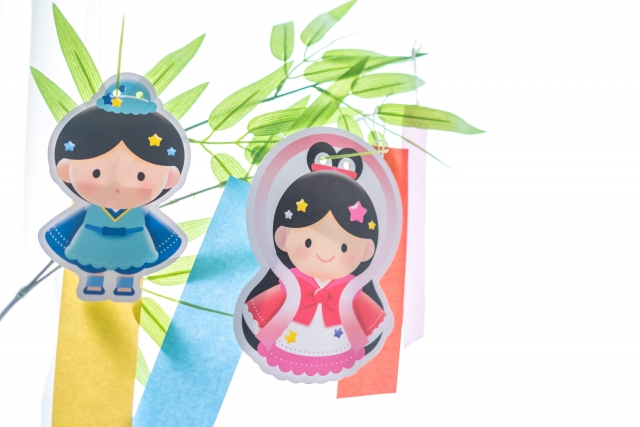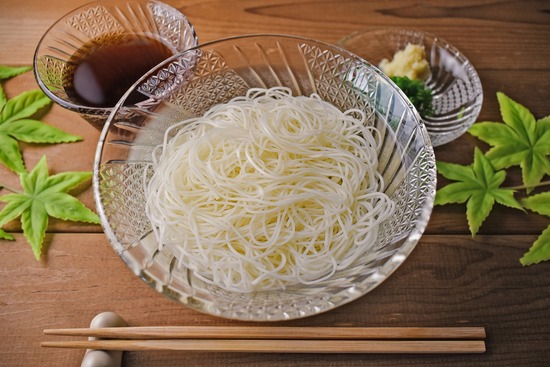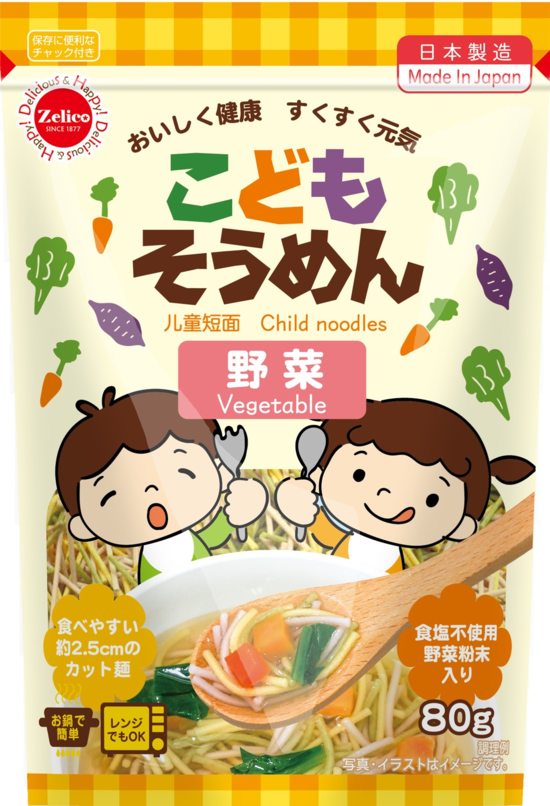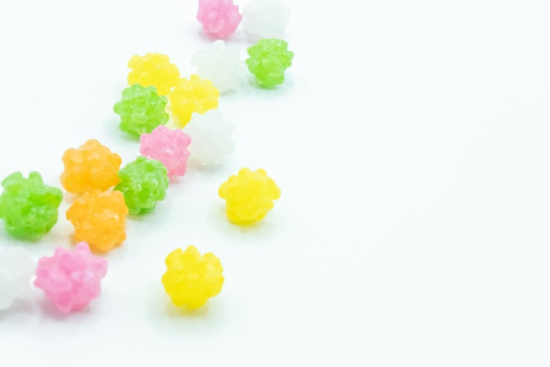2023.06.22
Discover the Enchanting World of Tanabata: Introducing the Tanabata Festival and its Must-Try Food!
Do you know "tanabata," a Japanese festival that takes place every July 7th?
Originally derived from China's "Qiqiao Festival (乞巧奠)," tanabata has been embraced by various Asian countries, each with its unique way of celebration.
In this blog post, we will introduce how tanabata is celebrated in Japan, the customs and traditions associated with the festival, and the sweets you would want to indulge in during tanabata. Why not experience the beloved tanabata festival in authentic Japanese style?

What is Tanabata?
The origin of Tanabata, known as "Qiqiao Festival (乞巧奠)" in China, is an event where people pray for improvement in sewing and other skills, inspired by the legend of a skilled female weaver.
This legend, known as the "Tanabata Legend," has been passed down as follows:
Once upon a time, when a god reigned over the starry sky, there lived a skilled and diligent weaver named Orihime on the western bank of the Milky Way. And on the eastern bank, there was a hardworking cowherd. When the god brought them together, the two eventually fell in love and got married. However, once they started living together, they became idle and neglected their duties. Frustrated with their laziness, the god separated them. However, witnessing the weaver consumed by profound sadness, the god granted them the opportunity to meet just once a year.
This legend has been passed down, and in various Asian countries, tanabata has become a day to express love and affection. During tanabata, people get together to share meals and exchange gifts.

How is Tanabata Celebrated in Japan?
In Japan, tanabata does not hold the same romantic significance as in other Asian countries.
The term "乞巧" in Qiqiao Festival means "praying for improvement in skills," while "奠" signifies "offering to the gods.
Based on this, tanabata has been cherished in Japan as a festival for wishing improvement in skills, including progress in learning activities.
Here, we will explain in detail how tanabata is celebrated in Japan and the customs associated with the festival.
1. Writing Wishes on Tanzaku
In Japan's Tanabata festival, there is a custom of writing wishes on tanzaku, which are narrow long strips of paper. Tanzaku can come in assorted colors such as red, yellow, white, and blue/green, as well as black/purple.
Here are some examples of the meanings associated with each color and wishes that people may write on tanzaku.
Red: Wishes for Ancestors or Parents
"I wish for good health and long life."
Yellow: Wishes for Relationships
"I wish I can make many friends."
White: Wishes to Follow Rules and Duties
"I wish I won’t oversleep."
Blue or Green: Wishes for Growth
"I wish for beautiful handwriting through practice.
Black or Purple: Wishes for Academic Achievement
"I wish I pass the exam."
Writing wishes on tanzaku of the appropriate color was traditionally believed to enhance the likelihood of those wishes coming true. However, nowadays, the color of tanzaku is no longer given much significance.
2. Decorating Bamboo with Tanzaku
The tanzaku with written wishes are hung on bamboo branches. Along with tanzaku, other paper decorations such as origami cranes for longevity, net-shaped decorations for a bountiful catch, and paper wallets for good fortune are made and adorned on the bamboo.
Bamboo grows straight towards the sky, which leads to the belief that tanzaku and decorations filled with wishes have a higher likelihood of reaching God.

3. Enjoying Tanabata-Inspired Food and Sweets
Tanabata, which was introduced to Japan from China, was established as one of the Five Festivals (Sekku) by the Edo Shogunate. "Sekku" refers to traditional events held at seasonal occasions. People enjoy eating seasonal ingredients and decorating with ornaments unique to each festival to ward off evil and pray for good health.
The Five Festivals continue to be cherished and passed down in modern times, and on the day of tanabata, there is a tradition of eating food associated with tanabata.

Introducing Delicious Food and Sweets to Enjoy during Tanabata
What are the traditional foods that people enjoy during the festival in Japan, where tanabata is celebrated differently from other Asian countries?
Here, we will introduce the foods and sweets that are commonly enjoyed during tanabata. On this special day, cherished by the Japanese people, why not enjoy delicious food with your loved ones and gaze at the Milky Way, gently shining in the night sky?
1. Somen Noodles
Somen is a very thin noodle made from wheat flour, salt, and water. It’s a delightful choice for tanabata because its delicate strands resemble both the Milky Way and the threads of a loom.

Furthermore, somen is easy to eat even during the summer when appetite tends to decrease, making it a perfect food to prevent summer fatigue. It is an essential part of summer dining tables.
For young children, there is "Kodomo Somen," which is cut shorter and made without salt for easier consumption. We encourage you to enjoy somen with your family on tanabata day.
2. Sweets Using Bamboo Leaves
Bamboo leaves are considered to have antibacterial properties and are believed to ward off evil. For this reason, they have been used in purification rituals since ancient times. The gentle rustling sound of the leaves is said to invite the presence of deities.
In Japan, there is a custom of eating "sasadango," a traditional sweet made with this auspicious bamboo leaves, on tanabata. Sasadango is a traditional Japanese sweet made by kneading glutinous rice and mugwort leaves together, wrapping them around a sweet red bean paste filling, and then wrapping them in bamboo leaves.
On tanabata day, why not decorate bamboo branches with tanzaku and enjoy sasadango? Your wish may reach god.
3. Star-Shaped Sweets
During the tanabata season, star-shaped sweets are popular. Colorful konpeito candies and star-shaped cookies are perfect for tanabata!
Konpeito are small and adorable sugar candies with a prickly surface resembling stars. They are not as hard as traditional candies and when you bite into them, the sugar crumbles and spreads sweetness in your mouth.
Konpeito resemble small stars gathering in the night sky's Milky Way, making them beloved sweets for tanabata.
Summary
In this blog post, we have shared the ways Japanese people joyfully celebrate tanabata, and the foods and sweets to try during this festive occasion.
Tanabata, which has roots in China and spread to various Asian countries, is celebrated in unique ways in each nation. Why not fully embrace the Japanese-style tanabata celebration this year? Take delight in savoring traditional Japanese dishes associated with the festival and express your wishes by writing them on tanzaku.
